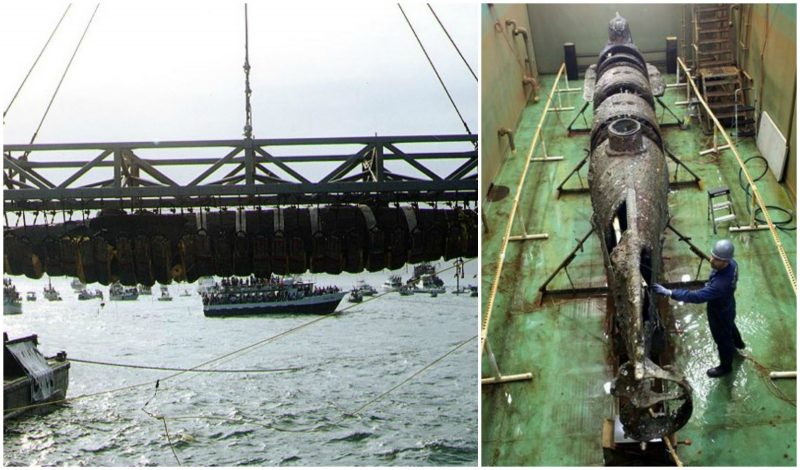The H. L. Hunley was a submarine of the Confederate States of America that played a small part in the American Civil War. The Hunley demonstrated the advantages and the dangers of undersea warfare. She was the first combat submarine to sink a warship, although the Hunley was not completely submerged and, following her successful attack, was lost along with her crew before she could return to base. The Confederacy lost 21 crewmen in three sinkings of the Hunley during her short career. She was named for her inventor, Horace Lawson Hunley, shortly after she was taken into government service under the control of the Confederate States Army at Charleston, South Carolina.
The Hunley, nearly 40 feet (12 m) long, was built at Mobile, Alabama, and launched in July 1863. She was then shipped by rail on August 12, 1863, to Charleston, South Carolina. TheHunley (then called Fish Boat) sank on August 29, 1863, during a test run, killing five members of her crew. She sank again on October 15, 1863, killing all eight of her second crew, including Horace Hunley himself, who was aboard at the time, even though he was not a member of the Confederate military. Both times the Hunley was raised and returned to service.
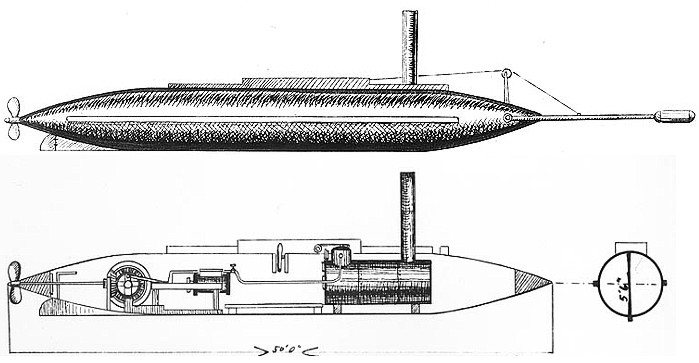
On February 17, 1864, The Hunley attacked and sank the 1240-short ton (1124 metric tons) screw sloop USS Housatonic, which had been on Union blockade-duty in Charleston’s outer harbor. Soon afterwards, the Hunley sank, killing all eight of her third crew. This time, the ship was lost.
The Hunley’s discovery was described by Dr. William Dudley, Director of Naval History at the Naval Historical Center as “probably the most important find of the century.”The tiny sub and her contents have been valued at more than $40 million, making her discovery and subsequent donation one of the most important and valuable contributions made to South Carolina.
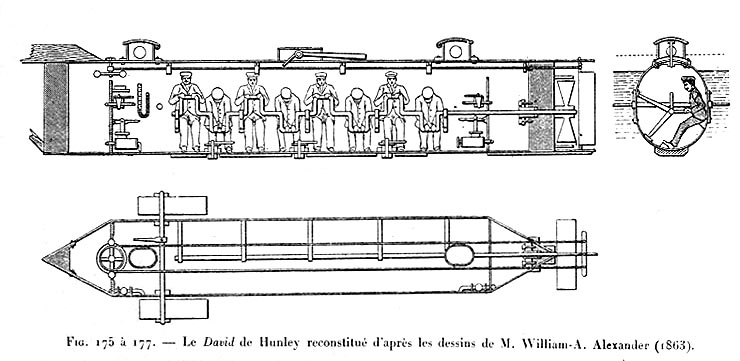
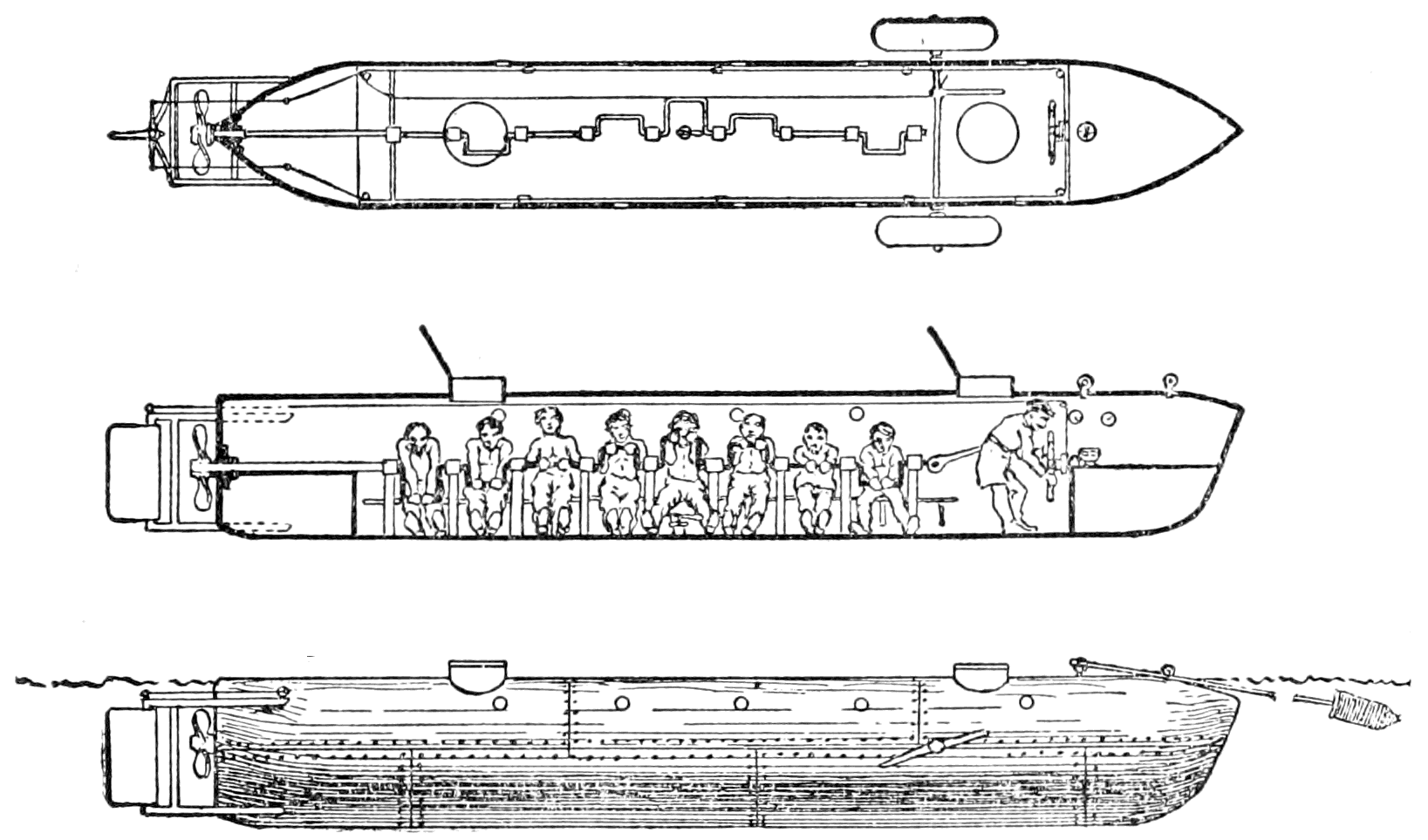
The Hunley discovery has been claimed by two different individuals. Underwater Archaeologist E. Lee Spence, president, Sea Research Society, reportedly discovered Hunley in 1970 and has a collection of evidence claiming to validate this, including a 1980 Civil Admiralty Case.
On September 13, 1976, the National Park Service submitted Sea Research Society’s (Spence’s) location for H. L. Hunley for inclusion on the National Register of Historic Places. Spence’s location for the Hunley became a matter of public record when the H. L. Hunley’s placement on that list was officially approved on December 29, 1978. Spence’s book Treasures of the Confederate Coast, which had a chapter on his discovery of the Hunley and included a map complete with an “X” showing the wreck’s location, was published in January 1995.
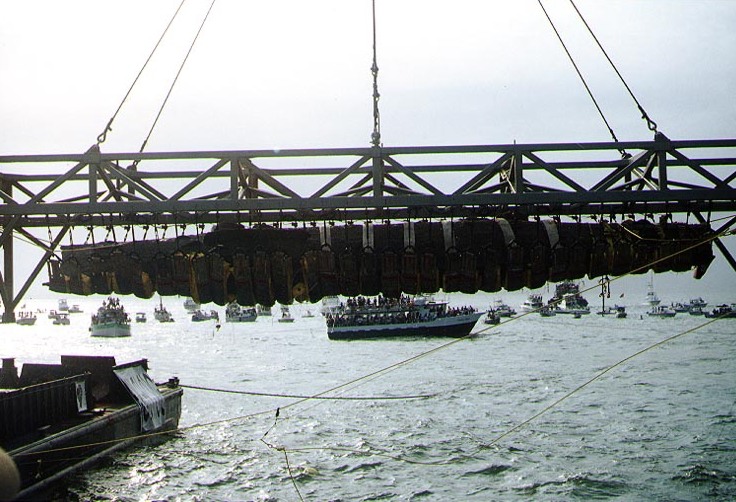
Diver Ralph Wilbanks found the wreck in April 1995 while leading a NUMA dive team led by novelist Clive Cussler, who announced the find as a new discoveryand first claimed that it was in about 18 feet (5 m) of water over a mile inshore of Housatonic, but later admitted to a reporter that that was false.The wreck was actually 100 yards away from and on the seaward side of theHousatonic in 27 feet (8 m) of water. The submarine was buried under several feet of silt, which had both concealed and protected the vessel for more than a hundred years. The divers exposed the forward hatch and the ventilator box (the air box for the attachment of her twin snorkels) in order to identify her. The submarine was resting on her starboard side, at about a 45-degree angle, and was covered in a ¼- to ¾-inch (0.6- to 1.9-centimeter) encrustation of rust bonded with sand and seashell particles. Archaeologists exposed part of the ship’s port side and uncovered the bow dive plane. More probing revealed an approximate length of 37 feet (11 m), with all of the vessel preserved under the sediment.
On September 14, 1995, at the official request of Senator Glenn F. McConnell, Chairman, South Carolina Hunley Commission,E. Lee Spence, with South Carolina Attorney General Charles M. Condon signing, donated Hunley to the State of South Carolina. Shortly thereafter NUMA disclosed to government officials Wilbank’s location for the wreck, which, when finally made public in October 2000, matched Spence’s 1970s plot of the wreck’s location well within standard mapping tolerances.[ Spence avows that he not only discovered Hunley in 1970 he revisited and mapped the site in 1971 and again in 1979, and that after he published his location in his 1995 book that he expected NUMA (which was actually part of a SCIAA expedition directed by Dr. Mark M. Newell and not Cussler to independently verify the wreck as the Hunley, not to claim that NUMA had discovered it. Dr. Newell swore under oath that he used Spence’s maps to direct the joint SCIAA/NUMA expedition and credited Spence with the original discovery. Dr. Newell credits his expedition only with the official verification of the Hunley.
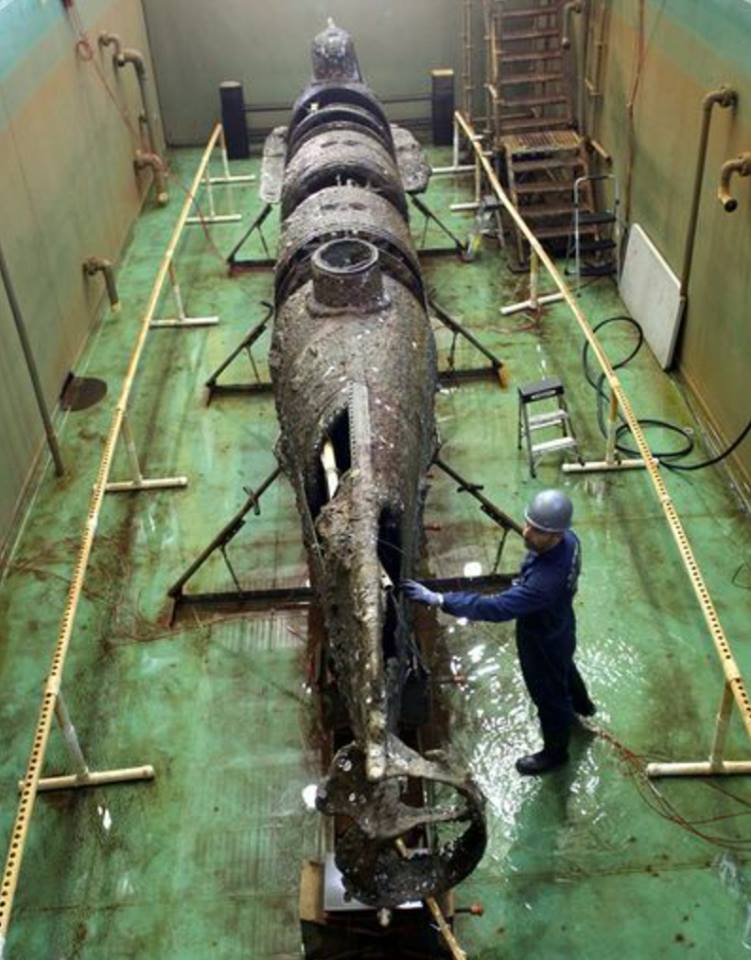
The in situ underwater archaeological investigation and excavation culminated with the raising of the Hunley on August 8, 2000. A large team of professionals from the Naval Historical Center’s Underwater Archaeology Branch, National Park Service, the South Carolina Institute of Archaeology and Anthropology, and various other individuals investigated the vessel, measuring and documenting it prior to removal. Once the on-site investigation was complete, harnesses were slipped underneath the sub and attached to a truss designed by Oceaneering International. After the last harness had been secured, the crane from the recovery barge Karlissa B hoisted the submarine from the sea floor.[38][39] It was raised from the open waters of the Atlantic Ocean, just over 3.5 nautical miles (6.5 km) from Sullivan’s Island outside the entrance to Charleston Harbor. Despite having used a sextant and hand-held compass, thirty years earlier, to plot the wreck’s location, Dr. Spence’s 52 meters accuracy turned out to be well within the length of the recovery barge, which was 64 meters long. On August 8, 2000, at 8:37 a.m., the sub broke the surface for the first time in more than 136 years, greeted by a cheering crowd on shore and in surrounding watercraft, including author Clive Cussler. Once safely on her transporting barge, the Hunley was shipped back to Charleston. The removal operation concluded when the submarine was secured inside the Warren Lasch Conservation Center, at the former Charleston Navy Yard in North Charleston, in a specially designed tank of fresh water to await conservation.
The exploits of the Hunley and her final recovery were the subject of an episode of the television series The Sea Hunters, called Hunley: First Kill. This program was based on a section (“Part 6”) in Clive Cussler’s 1996 non-fiction book of the same name (which was accepted by the Board of Governors of the Maritime College of the State University of New York in lieu of his Ph.D. thesis
In 2001, Clive Cussler filed a lawsuit against E. Lee Spence for unfair competition, injurious falsehood, civil conspiracy, and defamation.Spence filed a countersuit against Cussler in 2002 seeking damages, claiming that Cussler was engaging in unfair competition, tortious interference, and civil conspiracy by claiming Cussler had discovered the location of the wreck of the Hunley in 1995, when it had already been discovered by Spence in 1970 and that such claims by Cussler were damaging to Spence’s career, and had caused him damages in excess of $100,000. Spence’s lawsuit was dismissed through summary judgment in 2007 on the legal theory that, under the Lanham Act, regardless of whether Cussler’s claims were factual or not, Cussler had been making them for over three years before Spence brought his suit against Cussler and thus the suit was not filed within the statute of limitations.[Cussler dropped his suit a year later,[46] after the judge agreed that Spence could introduce evidence in support of his discovery claims as a truth defense against Cussler’s claims against him.
As of 2013, Hunley is awaiting conservation at Warren Lasch Conservation Center in Charleston, South Carolina.
